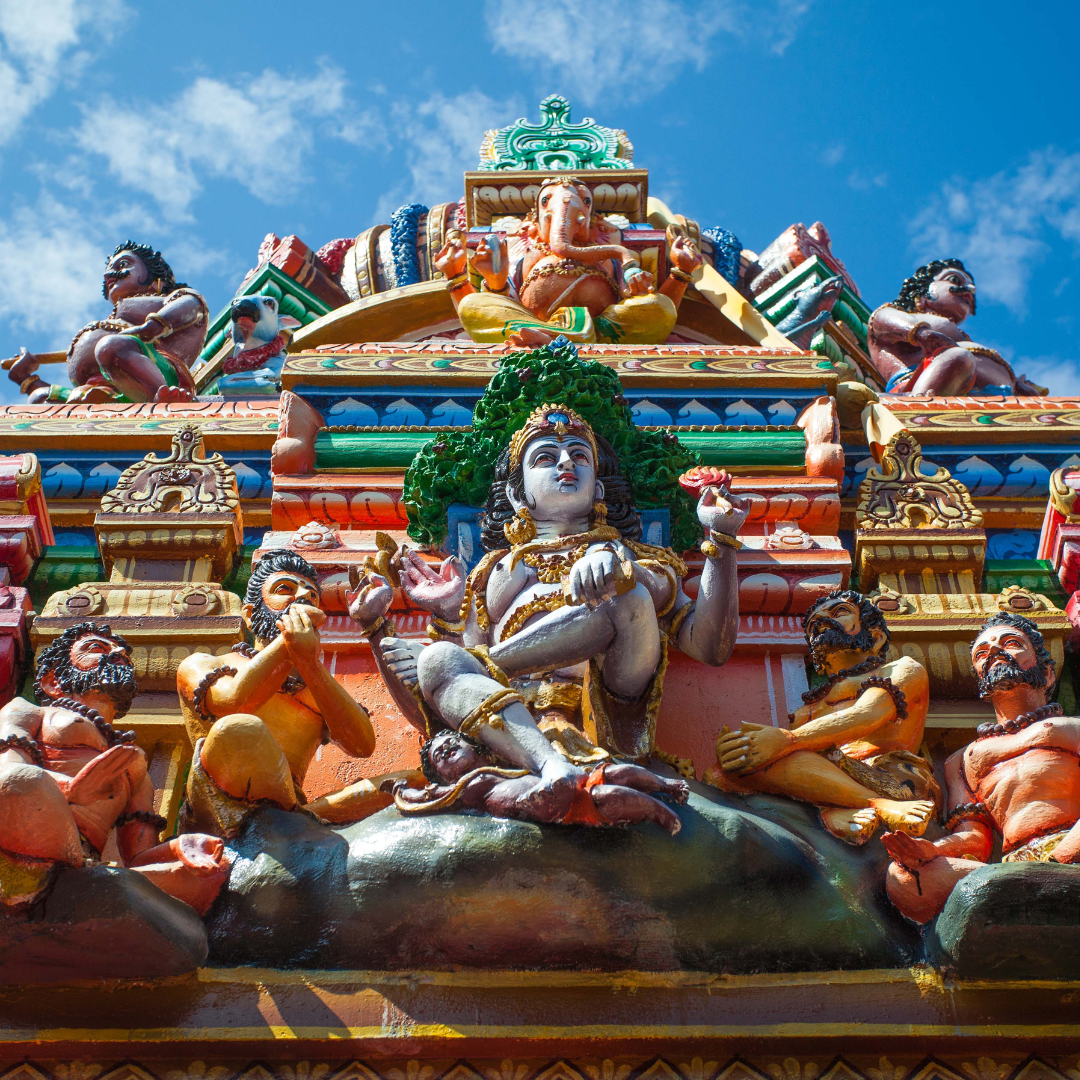Sri Lanka’s Cultural Triangle: A Sailing Journey to Ancient Cities

Sri Lanka, often referred to as the “Emerald Isle,” is more than just serene beaches and tantalizing cuisine. At its heart lies the Cultural Triangle, a testament to the island’s rich tapestry of history and civilization. It is a realm where ancient cities whisper tales of grandeur, where man-made lakes bear witness to unparalleled engineering, and where age-old traditions thrive amid modernity. This article takes you on a nautical voyage through this triangle, unveiling the deep-rooted heritage of Anuradhapura, Polonnaruwa, and Kandy.
The Heart of Sri Lanka: Anuradhapura, Polonnaruwa, and Kandy
The Cultural Triangle’s vertices are formed by three ancient cities, each offering a unique glimpse into Sri Lanka’s bygone eras.
Anuradhapura: The oldest of the three, it was once a flourishing center of Sinhalese power and Buddhist civilization. With its white dagobas (stupas), sprawling monasteries, and sacred Bodhi Tree, the city is a pilgrimage site and a beacon of spiritual significance.
Polonnaruwa: Replacing Anuradhapura as the royal capital, Polonnaruwa showcases the island’s medieval brilliance. Its ruins, from ornate temples to intricately carved statues, echo tales of kings and conquests.
Kandy: Nestled among hills, Kandy is the last royal capital of the island. The Temple of the Tooth, which houses a relic of the Buddha’s tooth, is the city’s crown jewel, making Kandy an epicenter of Buddhist devotion.
Historical Significance: Tracing Back Centuries of Civilization
The Cultural Triangle stands as a testament to over 2000 years of civilization. These cities have witnessed the rise and fall of kingdoms, the spread of Buddhism, and the mingling of indigenous cultures with Indian, Arab, and European influences. From the sacred city of Anuradhapura, which flourished for over 1300 years, to Kandy’s resistance against European colonization, the triangle is a time capsule preserving Sri Lanka’s resilience and cultural evolution.
The Water Tanks: Ancient Hydraulic Marvels
One of the most remarkable feats of the ancient Sinhalese kingdoms was their mastery over water management. The region’s vast reservoirs or “tanks” like Parakrama Samudra in Polonnaruwa and Nuwara Wewa in Anuradhapura, are a testament to this. These tanks, constructed using intricate sluice and canal systems, provided irrigation for paddy cultivation, ensuring food security. Beyond their practical utility, they are symbolic of the harmonious balance the ancient kingdoms sought between man and nature.
Sigiriya: The Lion Rock Fortress
Though not a traditional vertex of the triangle, Sigiriya is an unmissable gem. This massive rock column, rising dramatically from the central plains, was transformed into a fortress by King Kasyapa. Ascending the rock, visitors are greeted by the remnants of frescoes, a mirror wall, and lion’s paw carvings. The summit reveals ruins of a royal palace and panoramic views, making Sigiriya a blend of natural wonder and historical ingenuity.
Sailing Routes to the Cultural Triangle
While the Cultural Triangle is more inland than coastal, Sri Lanka’s intricate network of rivers and lakes provides adventurous routes for the keen sailor. The Mahaweli River, the longest in the country, offers access to the heart of the triangle. Sailing up this river, with stops at towns and historical sites, can be a unique way to approach the ancient cities, blending the pleasures of nautical travel with cultural exploration.
Ancient Maritime Connections: Sri Lanka’s Trade History
Sri Lanka’s position in the Indian Ocean made it a pivotal maritime hub. Ancient ports like Gokanna (Trincomalee) and Mahatittha (Mannar) facilitated trade with India, the Middle East, and Southeast Asia. The Cultural Triangle’s cities, though inland, were linked to these ports, enabling the flow of goods, ideas, and religious influences. This maritime legacy enriches the triangle’s narrative, adding layers of external cultural interactions to its indigenous history.
Modern Celebrations: Festivals and Events in the Triangle
The Cultural Triangle is not just a window to the past; it’s a vibrant realm of celebrations. Events like the Kandy Esala Perahera, a grand procession with dancers, drummers, and decorated elephants, showcase the region’s living traditions. Festivals breathe life into the ancient ruins, ensuring that while the cities may belong to the past, their spirit is timeless.
Embarking on a journey through Sri Lanka’s Cultural Triangle is akin to sailing through time. It’s a voyage that transcends eras, from the architectural marvels of ancient capitals to the rhythmic beats of traditional drums in modern celebrations. The triangle is a testimony to Sri Lanka’s enduring spirit, its ability to preserve its heritage while embracing change. As the sun sets over the ruins, casting a golden hue, one is reminded that in this land, history is not just remembered; it’s revered and relived.


